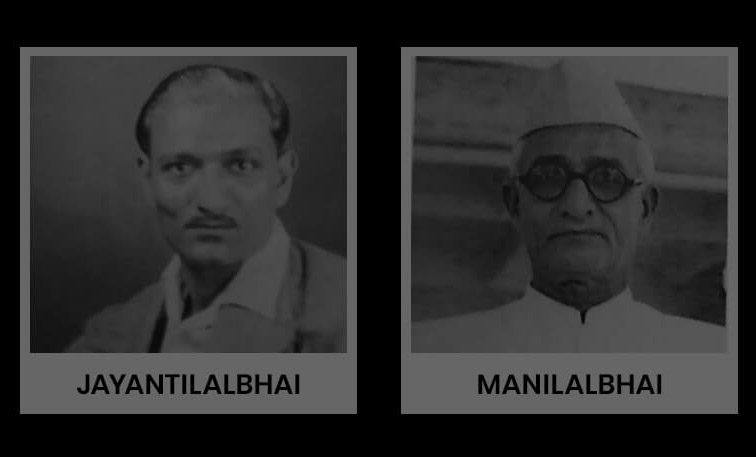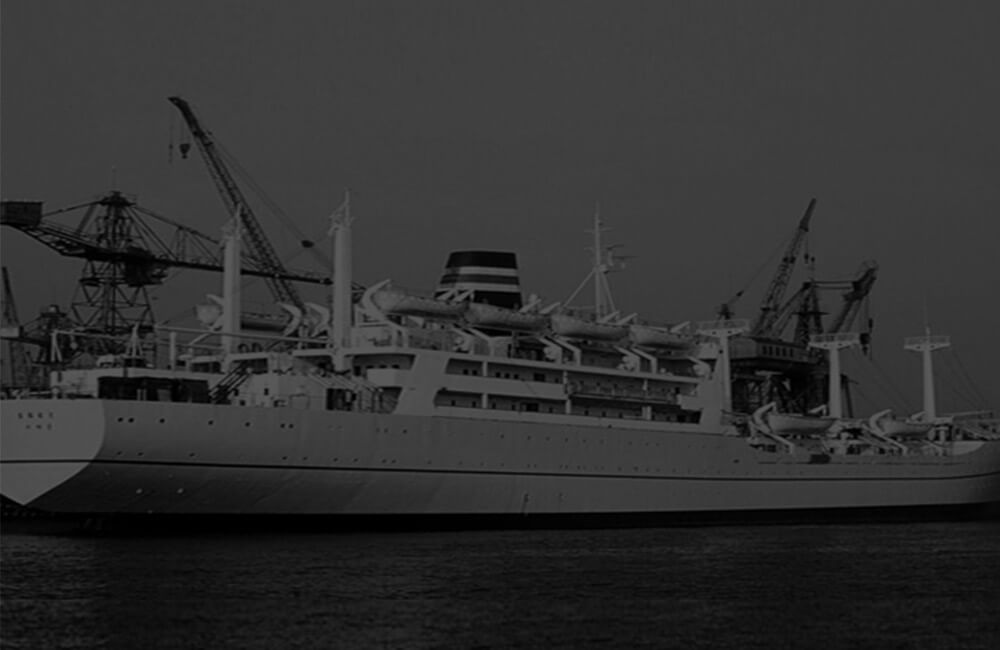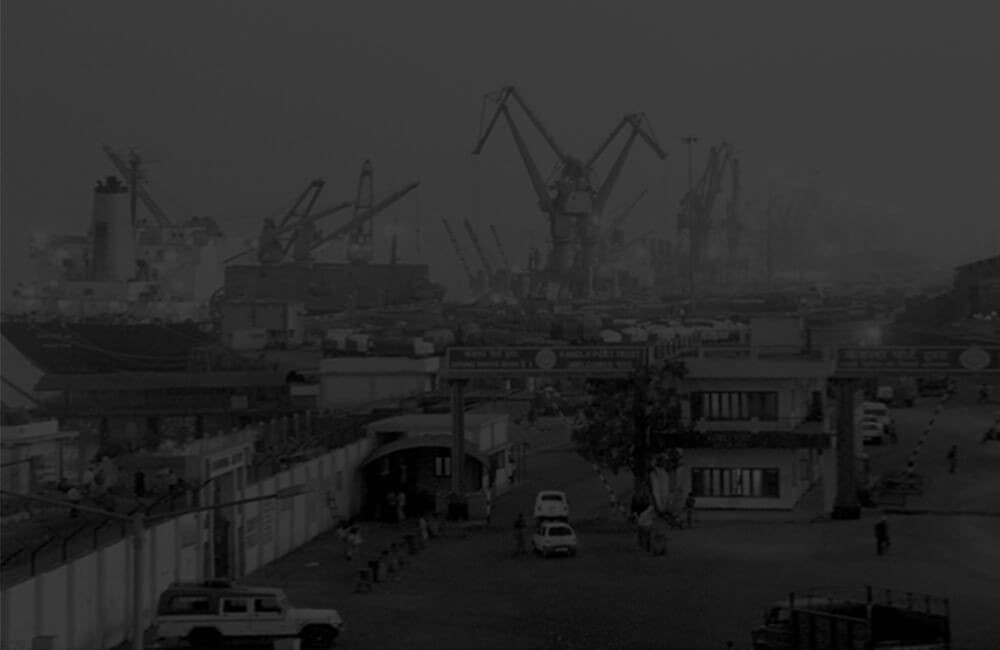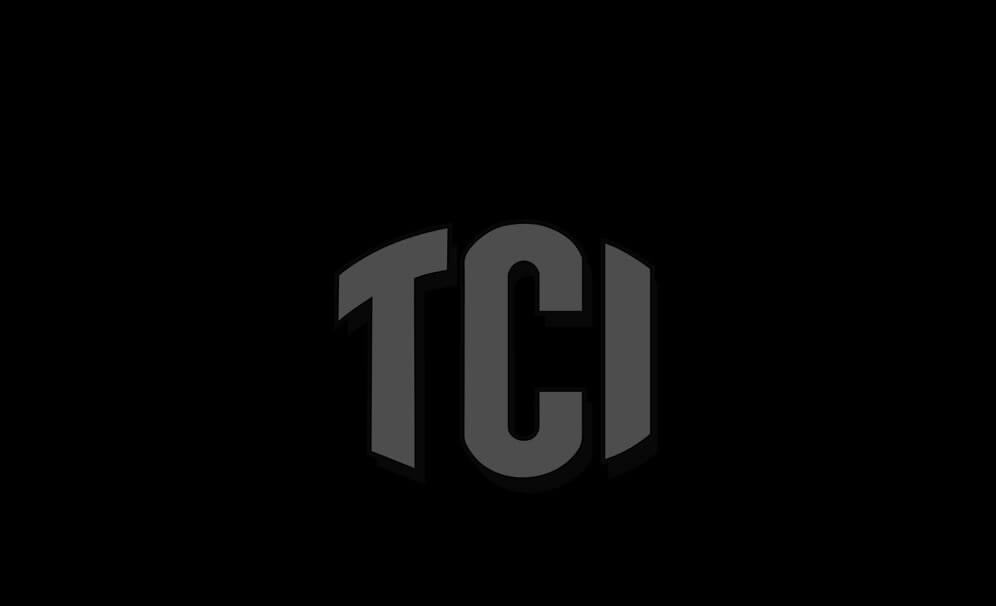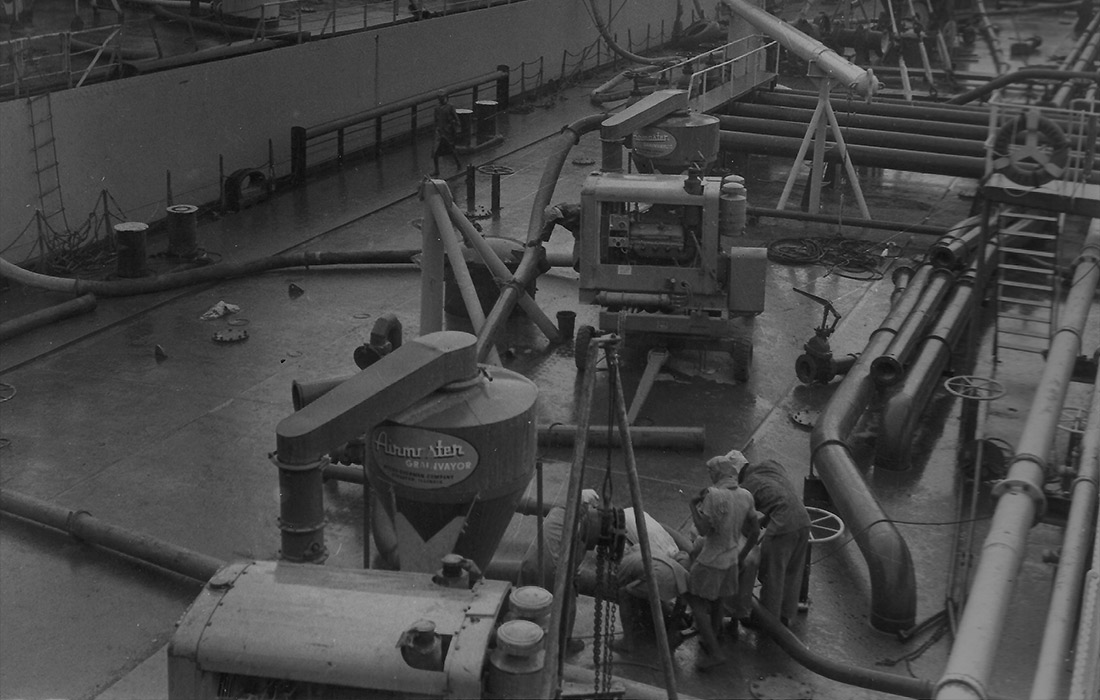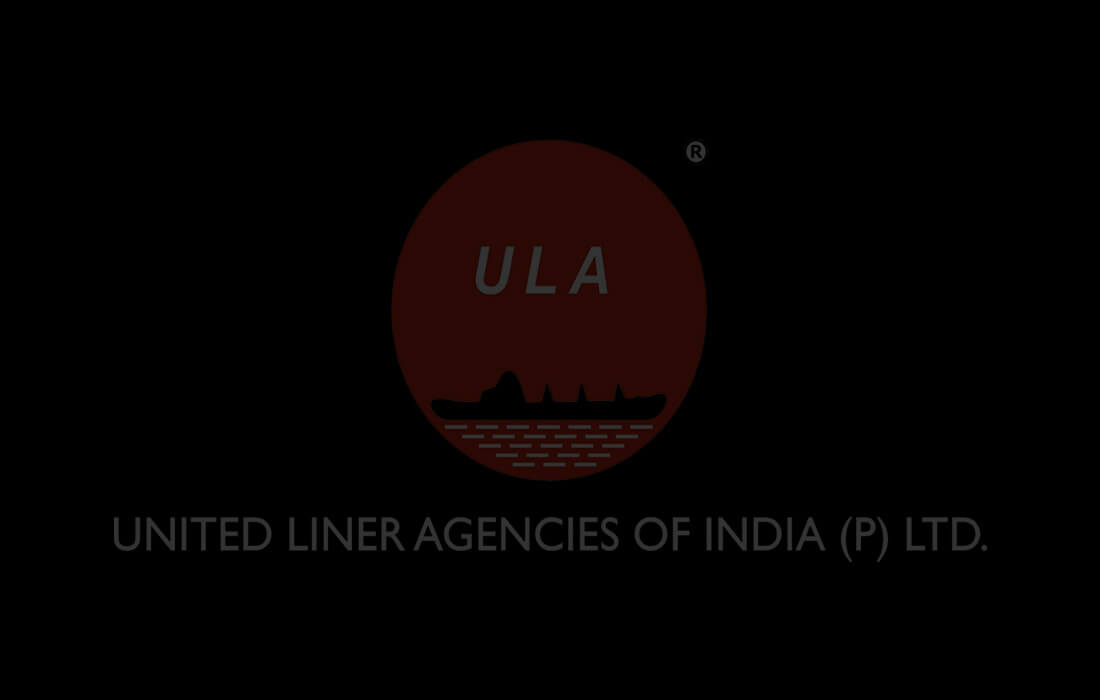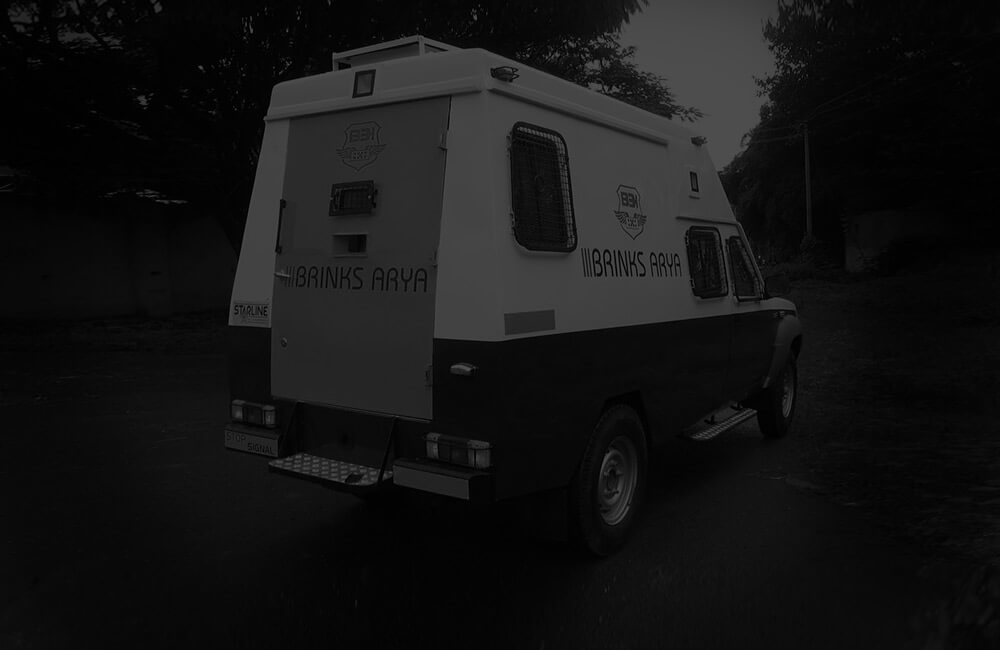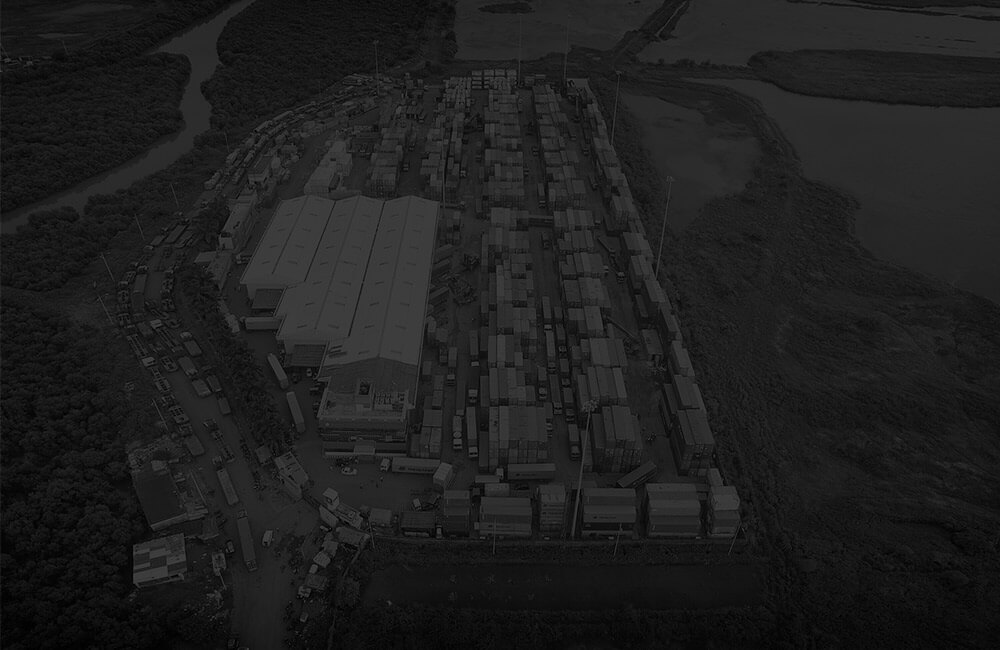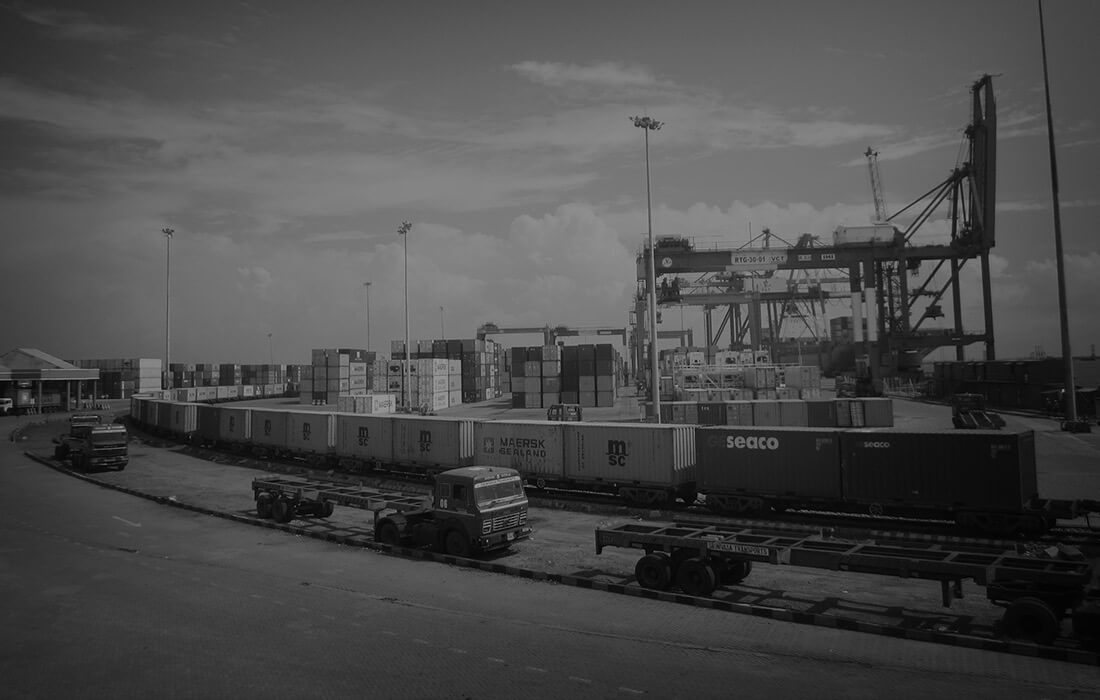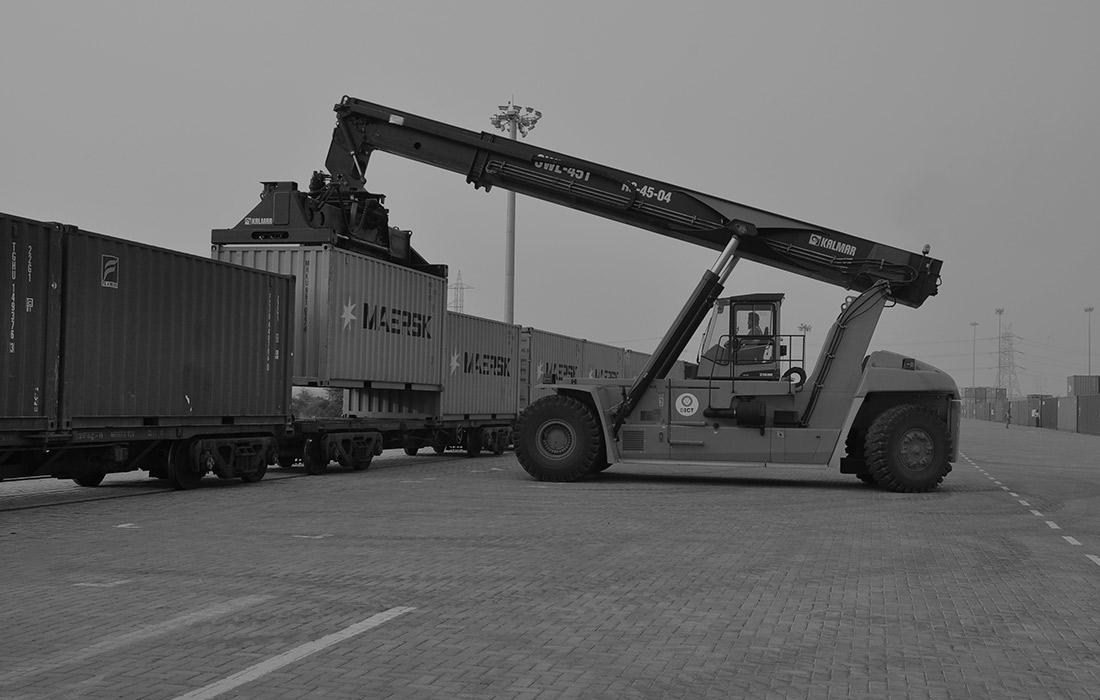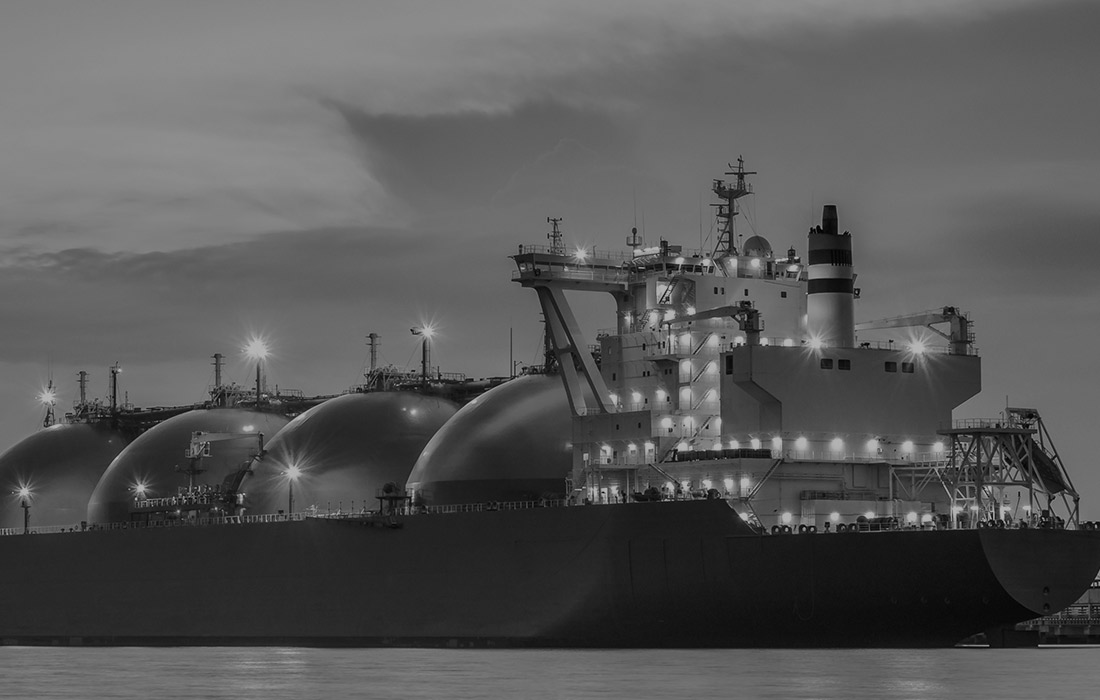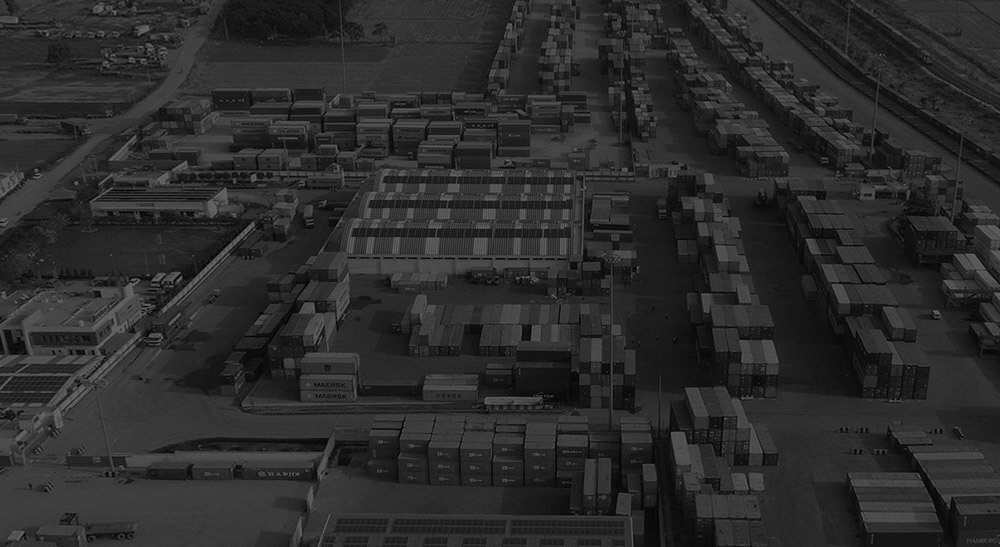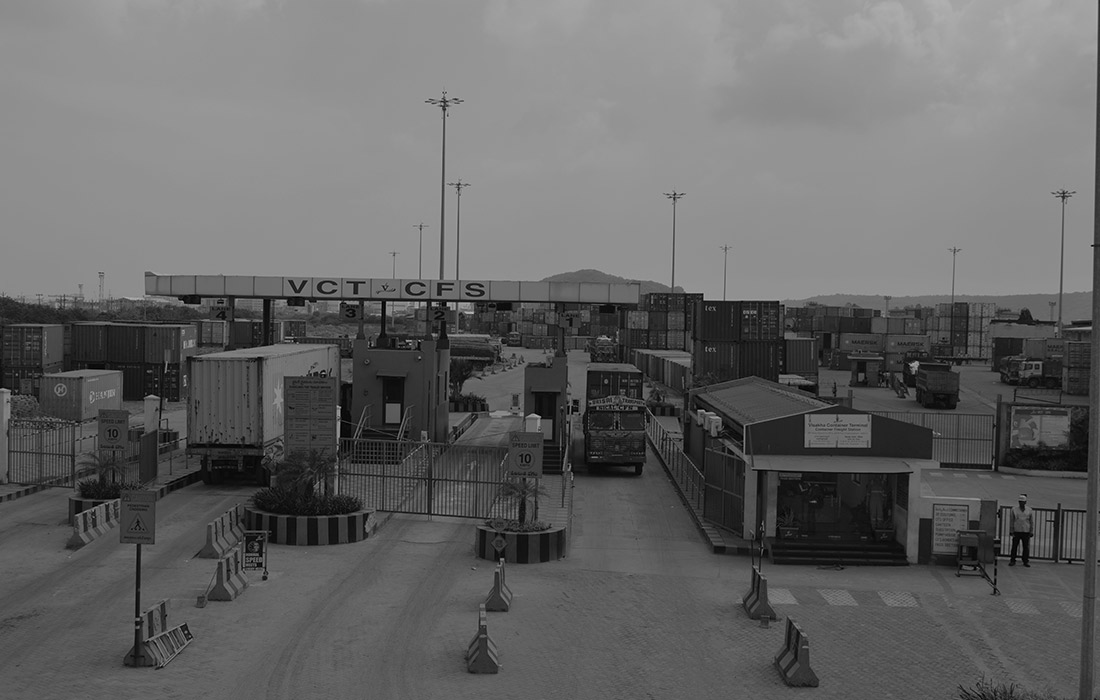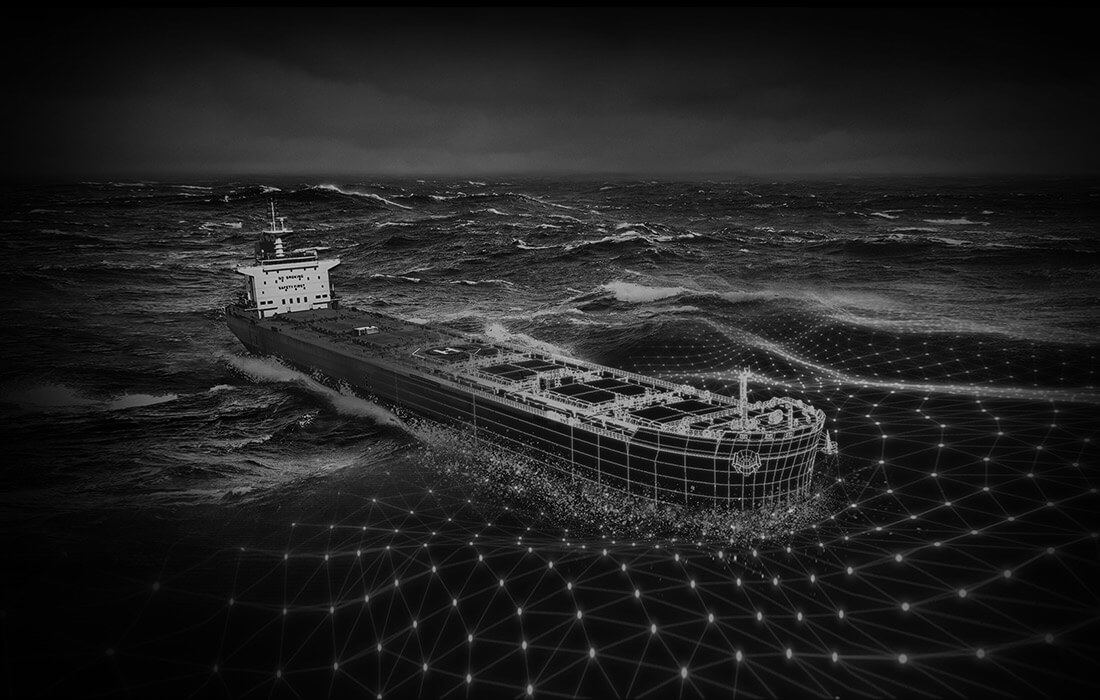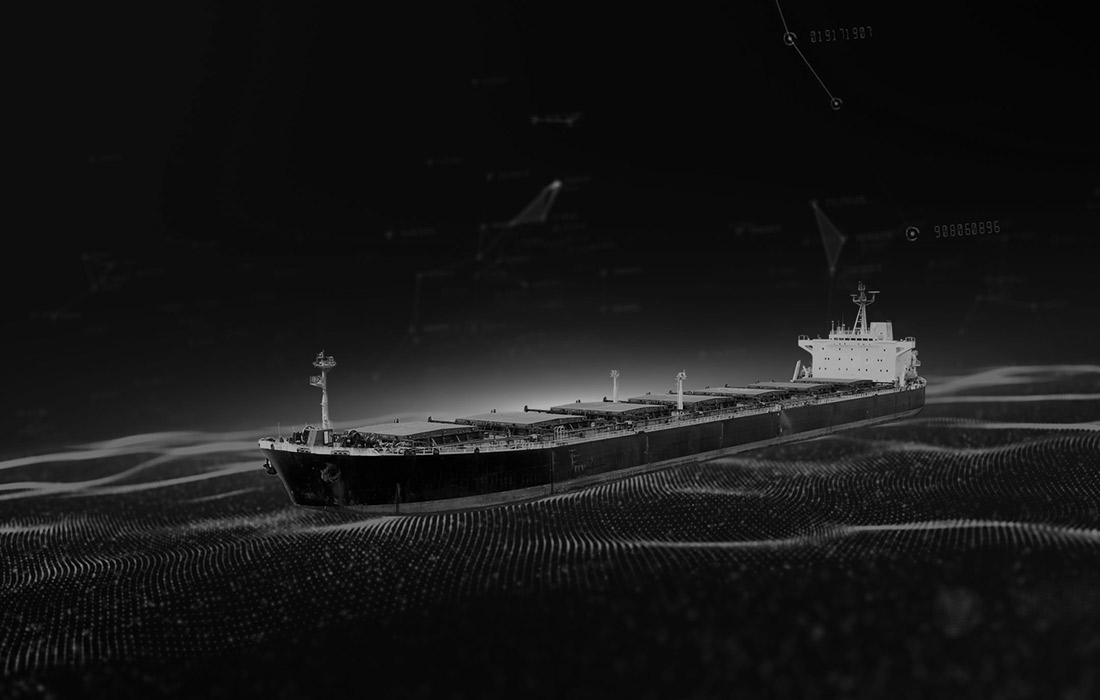1980
The large Japanese trading and shipping companies used to trade
frequently with India and J M Baxi’s relationship with KLine,
ShowaLine and Yamashita Lines was hugely successful. Japan and
Singapore had a healthy relationship politically and Singapore
was a small developing country at that stage. The
government-sponsored shipping company was Neptune Orient Line
(NOL), which in turn had a strong relationship with KLine. We
thus had the honour of having been agents for NOL.
Change was in the air, even at the Shipping Corporation of India
(SCI), which had been trying to modernise with containers and
for the impending intramural boom. SCI tied up with another
public sector unit, Cargo Warehousing Corporation (CWC), to
operate inland container depots in Delhi and Bangalore. Since J
M Baxi was already the agent, they were invited to supply the
equipment at these locations.
Bhagwandas J Kotak was firmly convinced of this model and
committed to the project. It was a three-way partnership. CWC
supplied the land and facilities, SCI provided the ship slots
and cargo support, while J M Baxi & Cohandled the cargo and
containers and supplied the equipment. However, it would
eventually be taken over by a public sector unit Container
Corporation of India (Concor), which was granted a monopoly over
the rail transport of containers.
Several new banks came on the scene, enabling the rapid growth
of Brinks Arya in the domestic secure logistics business. It
serviced the thousands of ATMs that were starting to be
installed. In the late 1980sand early 1990s, J M Baxi bagged
shipping agency service contracts for a number of companies,
such as CMB of Belgium, Hanjin and Hapag Lloyd.
With the commencement of the HBJ Pipeline in the 80's, many
power plants and fertilizer plants came along the pipeline.
National Fertilizer Limited was the first to issue a tender for
transporting all the equipment from port to site; these were the
days of severe shortages where even basic materials were
imported.
The transportation involved moving many super sized and heavy
cargo, the heaviest of which was 418 tons and needed 44 axles to
move it. This size and scale had never been transported in India
before. Even the hydraulic axles for this were not available in
India. Krishna Kotak being the visionary entrepreneur,
courageously bid for the project and won it. The challenging
project involved building many bridges, roads on river beds and
navigating unchartered territories. With this massive project
implemented successfully, J M Baxi executed many critical
projects and became a partner in India's growth story.
By the early 1980s, the Government of India realised that if the
food shortage was to be tackled, it would need to usher in a
second revolution in the form of sourcing adequate fertiliser,
especially urea. Also with the Bombay High Oil fields producing
associated gas, it was felt that a gas pipeline should be built
from Hazira to Jagdishpur via Bijaipur and thus, it was called
the HBJ pipeline. It was proposed that there should be six
fertiliser urea plants and three gas-powered power plants along
the line. J M Baxi, due to its strong relationship with
SpieCapag, which had the EPC pipe-laying contract, had an
opportunity to become involved with the project’s logistics,
i.e. discharging pipes from ships at Kandla port, transporting
the pipes to various sites for pipe-laying and site management,
and also the transportation of all the pipe-laying and
construction equipment.
